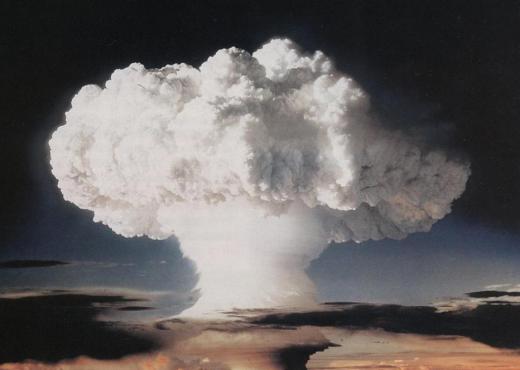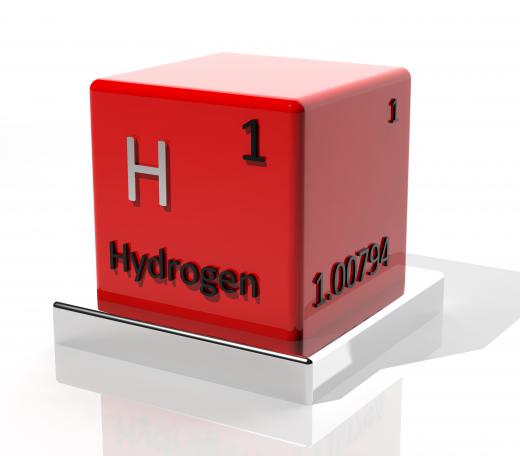What is Tritium?
 Michael Anissimov
Michael Anissimov
Tritium is an isotope of the chemical element hydrogen. While a normal hydrogen atom has one proton, a tritium atom has two neutrons and one proton. This isotope is radioactive, and will slowly decay over a period of several decades; due to its short half-life, it is not found in nature. Tritium is primarily used for nuclear fusion and self-powered light sources.
When tritium decays, a neutron inside the nucleus will decay into a proton and an electron, which gets ejected at a high velocity. The decay is the primary source of Helium-3, which is not found in significant quantities in the Earth's crust. Although it can cause surface burns, and may be dangerous if inhaled or ingested, the radiation given off is too weak to penetrate the skin. Tritium has a half-life of 12.3 years.

The deuterium-tritium fusion reaction is the easiest to obtain, and is currently the focus of research efforts into nuclear fusion. When a deuterium and tritium atom collide, they can fuse to produce a helium nucleus and a neutron, which fly off at high speed. The neutron can then be passed through a lithium blanket to breed more fuel; when a lithium atom is struck by a neutron, it may split, producing a helium atom and another tritium atom. This is also the operating principle behind hydrogen bombs, which use a fission bomb to produce neutrons, breeding tritium from the lithium inside the bomb.

Due to its long half-life, abundance, and lack of penetrating power, tritium has replaced radium as the energy source for self-powered lights. An exit sign, watch, or rifle sight made with this isotope may continue to glow for decades with no source of external power. The green or red glow is not produced by the tritium itself; the electrons from recently decayed atoms hit a phosphor, which then glows from the added energy.
AS FEATURED ON:
AS FEATURED ON:













Discussion Comments
Tritium is an isotope which holds one proton and two neutrons.
Post your comments